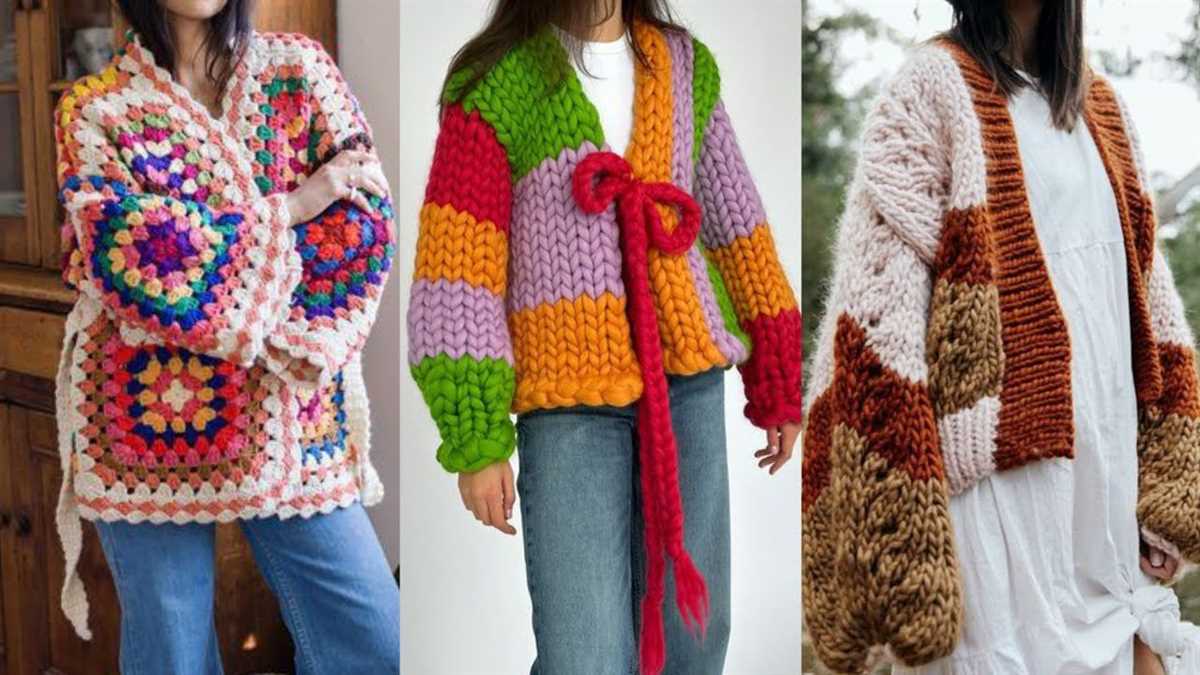
Knitting designs and patterns are an essential part of the world of knitting. From intricate lacework to cozy afghans, these designs and patterns allow knitters to create beautiful and unique pieces. Whether you are a beginner or an experienced knitter, there are endless possibilities when it comes to choosing a design or pattern for your next project.
One of the most popular types of knitting designs is the Fair Isle technique. In Fair Isle knitting, multiple colors are used to create intricate patterns. This technique originated in the Shetland Islands and has since become a beloved tradition in knitting communities around the world. Fair Isle designs can be used to create everything from cozy sweaters to stylish accessories.
Lace knitting is another popular form of knitting design. Lace patterns are created by using a combination of yarn overs and decreases to create openwork designs. Lace knitting can be used to create delicate shawls, beautiful socks, or even intricate sweaters. While lace knitting requires some practice and attention to detail, the end result is always stunning.
Knitting Designs and Patterns
Knitting designs and patterns are an essential part of the knitting world. They provide a roadmap for knitters to create beautiful and intricate pieces of clothing or accessories. Whether you are a beginner looking to practice your skills or a seasoned knitter wanting to challenge yourself, there is a wide variety of designs and patterns to choose from.
One popular type of knitting pattern is the Fair Isle technique, which originated in the Shetland Islands. Fair Isle patterns are characterized by intricate colorwork, typically using two or more colors in a row. The patterns often feature motifs inspired by nature, such as flowers, birds, or geometric designs. Knitting a Fair Isle pattern requires precision and attention to detail, but the end result is a stunning and cozy garment.
The lace knitting technique, on the other hand, creates delicate and airy designs. Lace patterns often include intricate openwork stitches and are perfect for lightweight garments like shawls and scarves. Knitting lace requires patience and a careful hand, as mistakes can be difficult to fix. However, the end result is a delicate and elegant piece that is sure to impress.
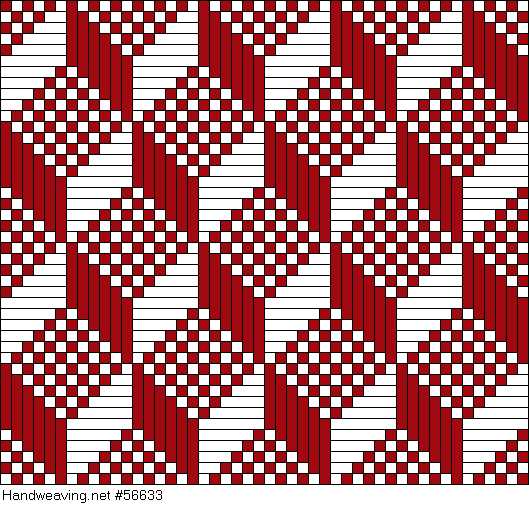
Another popular knitting design is the cable knit. Cable patterns create a textured and three-dimensional look, resembling braided or twisted ropes. Knitting cables can be a bit more challenging than other techniques, as it involves crossing stitches over each other. But once you get the hang of it, cables can add a unique and classic touch to any project, from sweaters to hats.
With the endless possibilities of knitting designs and patterns, there is always something new to try. Whether you prefer simple and classic designs or enjoy the challenge of intricate motifs, knitting offers a world of creativity and self-expression. So grab your needles, choose a pattern that speaks to you, and get ready to create something truly unique and beautiful.
Understanding Knitting Patterns
Knitting patterns are a crucial tool for knitters to create beautiful designs and projects. Understanding these patterns is essential to successfully complete a knitting project and achieve the desired outcome. Whether you are a beginner or an experienced knitter, learning how to read and interpret knitting patterns is an important skill to have.
Key Elements of Knitting Patterns:
- Abbreviations: Knitting patterns often use abbreviations to save space and make the instructions more concise. It’s important to familiarize yourself with common knitting abbreviations to understand the instructions effectively.
- Stitch Glossary: Many knitting patterns also include a stitch glossary that explains the different stitches used in the pattern. This section is particularly useful for beginners or those unfamiliar with certain stitch patterns.
- Materials and Gauge: Knitting patterns specify the materials needed for the project, such as the type of yarn and the size of knitting needles. They also provide information about the gauge, which is the number of stitches and rows per inch. Paying attention to the gauge is crucial for ensuring that the finished project will have the correct measurements.
- Instructions: The main body of the knitting pattern consists of the instructions for creating the desired design or project. These instructions typically include the number of stitches and rows, as well as any shaping techniques required, such as increases, decreases, or cables.
- Charts: Some knitting patterns may also include charts, which are visual representations of the stitches and rows. These charts can be helpful for knitters who prefer a visual representation of the pattern rather than written instructions.
- Finishing Instructions: At the end of the knitting pattern, there are usually finishing instructions, which guide knitters on how to complete the project. This may include instructions for seaming, blocking, or adding any additional embellishments.
By familiarizing yourself with these key elements, you’ll be able to decipher knitting patterns and confidently tackle a variety of knitting projects. Practice and patience are key when it comes to mastering knitting patterns, so don’t be discouraged if it takes some time to fully grasp all the instructions and techniques. With practice, you’ll soon be able to create stunning knitted designs and patterns.
Choosing the Right Yarn for Your Project
When starting a knitting project, selecting the right yarn is crucial to the success of your project. Not all yarns are created equal, and different types of yarn have different characteristics that make them more suitable for certain projects. Here are some factors to consider when choosing the right yarn for your knitting project.
1. Fiber Content:
The fiber content of the yarn determines its feel, appearance, and durability. Common yarn fibers include wool, cotton, acrylic, and blends. Wool yarns are warm and have good elasticity, making them ideal for winter wearables. Cotton yarns are lightweight and breathable, making them suitable for summer projects. Acrylic yarns are machine-washable and affordable, making them great for everyday items. Blended yarns combine different fibers to create new properties, such as the softness of wool with the easy care of acrylic.
2. Weight:
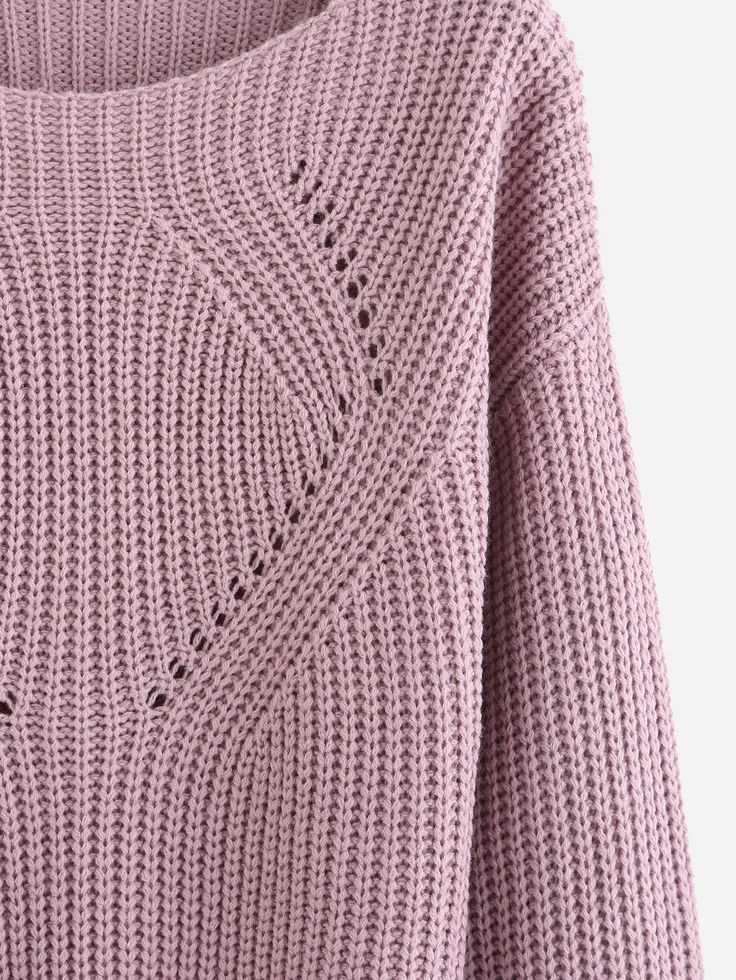
The weight of the yarn refers to its thickness and is categorized using standard terms such as lace, fingering, DK, worsted, and bulky. The weight of the yarn you choose should match the knitting pattern’s recommended gauge. Using a different weight yarn can affect the size and drape of the finished project. For example, using a heavier-weight yarn will result in a larger and chunkier finished item, while a lighter-weight yarn will create a more delicate and lightweight garment.
3. Color and Texture:
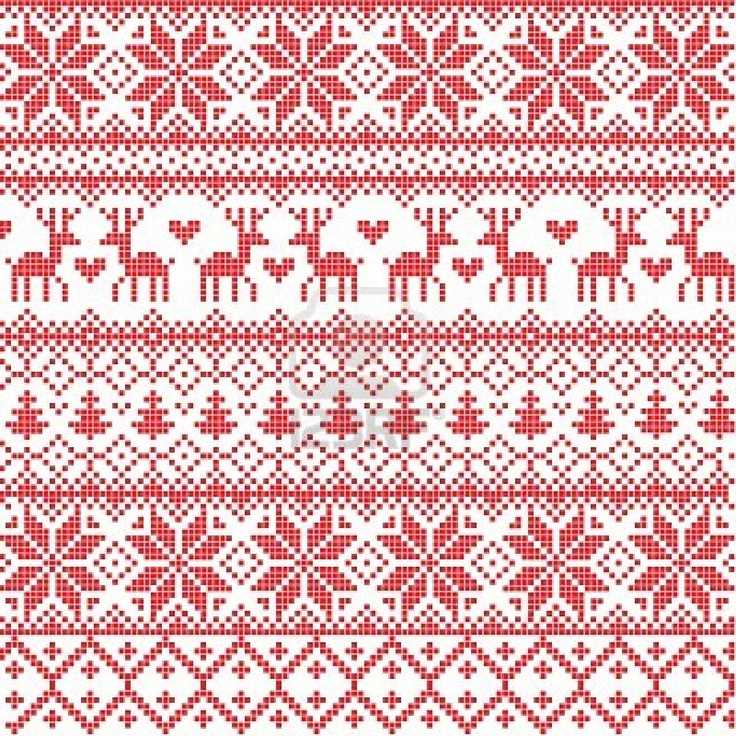
The color and texture of the yarn can greatly impact the overall look of your project. Bold, vibrant colors can make a statement, while neutral tones create a timeless and classic feel. Consider the pattern and the intended recipient when choosing the color palette. Additionally, yarns with textures like boucles or slubs can add interest and dimension to your knitting.
By considering these factors when choosing the right yarn for your knitting project, you can ensure that your finished item not only looks good but also performs well. Experiment with different yarns and don’t be afraid to mix and match to achieve the desired outcome.
Getting Started with Basic Knitting Stitches
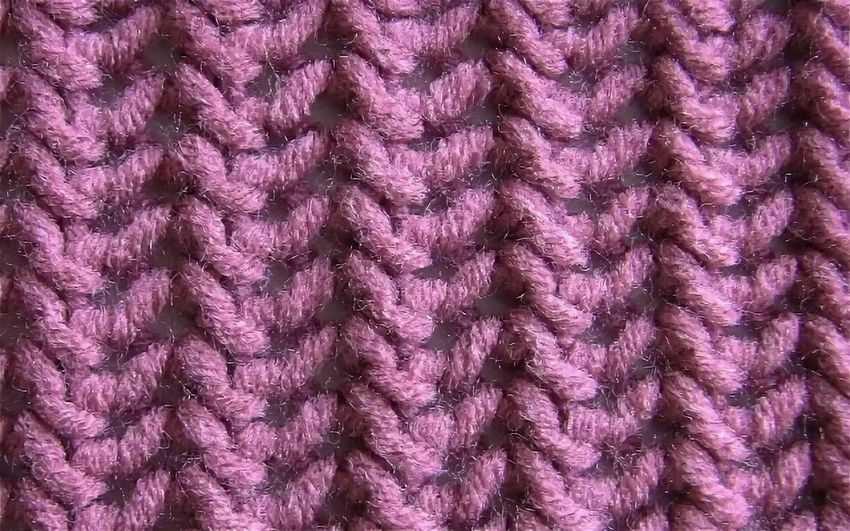
Knitting is a popular and rewarding craft that allows you to create beautiful and functional items using just a pair of needles and some yarn. If you’re new to knitting, getting started with the basic stitches is the first step towards mastering this enjoyable hobby. By learning the basic knitting stitches, you’ll be able to create a variety of projects, from scarves and hats to blankets and sweaters.
1. Cast On: The cast on stitch is the foundation of every knitting project. It’s the first stitch you’ll make before you start knitting rows. There are different cast on methods to choose from, such as the long-tail cast on, the knitted cast on, and the cable cast on. Each method creates a different edge and has its own advantages depending on the project.
2. Knit Stitch: Once you have cast on your stitches, you can begin knitting. The knit stitch is the most basic and commonly used stitch in knitting. It creates a smooth and textured fabric and is often used for the right side of the work. To knit, insert the right needle into the loop on the left needle, wrap the yarn around the right needle, and pull the new loop through.
3. Purl Stitch: The purl stitch is the opposite of the knit stitch and creates a bumpy texture on the fabric. It is often used for the wrong side of the work or to create ribbing or seed stitch patterns. To purl, insert the right needle into the loop on the left needle from right to left, wrap the yarn around the right needle, and pull the new loop through.
4. Bind Off: The bind off stitch is used to finish your knitting project and create a neat edge. It is the last stitch you’ll make before cutting the yarn. There are various bind off methods to choose from, such as the basic bind off, the stretchy bind off, and the picot bind off. Each method creates a different edge and has its own advantages depending on the project.
By mastering these basic knitting stitches, you’ll be well on your way to creating beautiful and personalized knitted items. With practice and experimentation, you can explore more advanced stitches and techniques to take your knitting skills to the next level.
- Casting On: Choose a cast on method that suits your project and practice until you feel comfortable with it.
- Knitting: Start with small projects like scarves or dishcloths to practice the knit stitch and get the hang of tension and gauge.
- Purling: Once you’re comfortable with the knit stitch, practice the purl stitch to expand your knitting repertoire.
- Binding Off: Finish off your projects with a bind off method that complements the overall aesthetic of your work.
Popular Knitting Designs for Sweaters
Knitting sweaters is a fun and rewarding way to express your creativity and stay warm during the colder months. There are many popular knitting designs for sweaters that you can try out, ranging from classic to trendy. Here are a few popular designs that you might want to consider:
Fair Isle
Fair Isle is a traditional knitting technique that originated in the Fair Isle of Scotland. It is characterized by colorful patterns and stranded knitting, where two or more colors are used in the same row. Fair Isle sweaters are known for their intricate designs and geometric motifs, making them a popular choice among knitters looking for a challenge.
Cable Knit
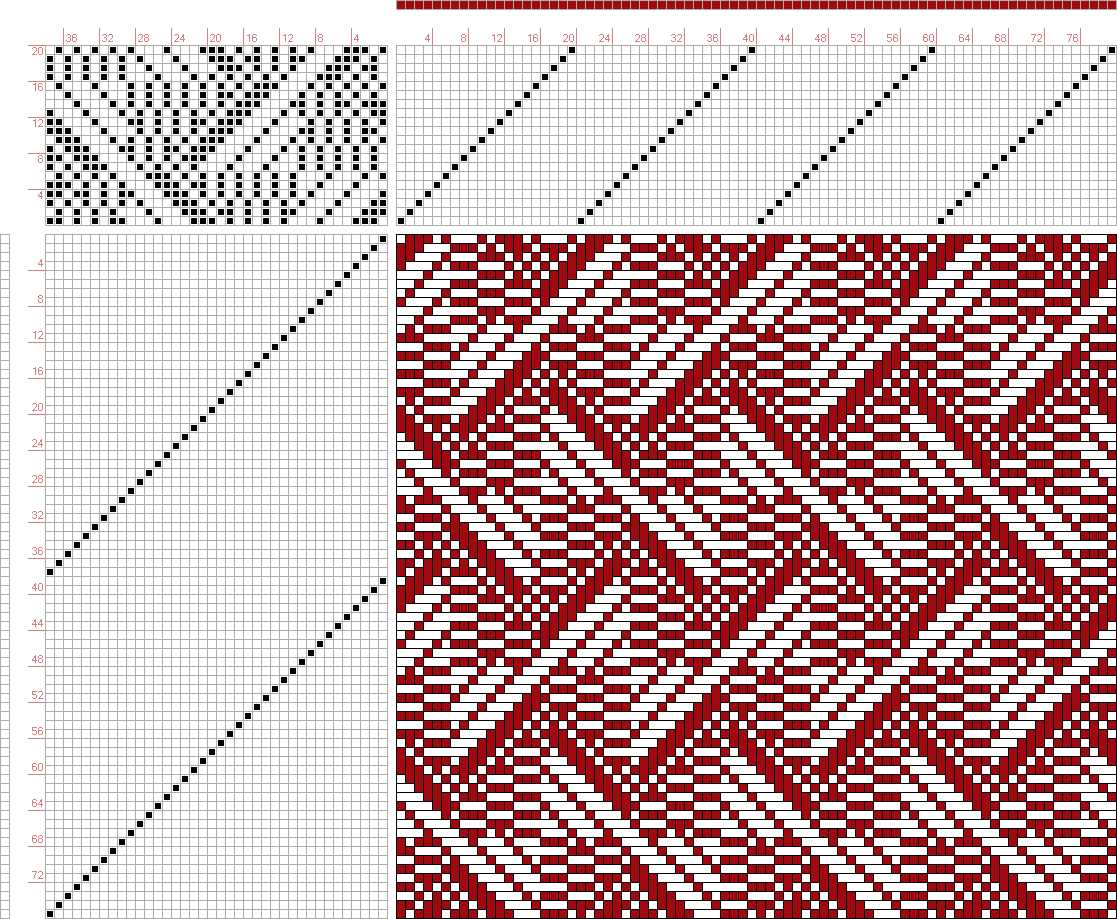
Cable knit sweaters are a classic design that never goes out of style. The cable pattern is created by crossing stitches over each other, resulting in a textured and visually appealing knit. Cable knit sweaters are not only stylish but also provide extra warmth due to the thicker fabric created by the cables. They are perfect for colder climates and can be worn as a cozy layer or a statement piece.
Lace
Lace knitted sweaters are delicate and feminine, featuring intricate patterns of eyelets and decorative stitches. Lace designs are often made using lightweight yarns and are perfect for layering or wearing during transitional seasons. They add a touch of elegance to any outfit and can be dressed up or down depending on the occasion.
Colorblock
Colorblock sweaters are a popular trend in knitting, where multiple colors are used to create bold and graphic designs. They are great for experimenting with different color combinations and creating unique garments. Colorblock sweaters can be as simple or as complex as you like, depending on the number of colors and pattern variations you choose to incorporate.
- Conclusion: These are just a few examples of popular knitting designs for sweaters. Whether you prefer traditional or contemporary styles, there is a design out there to suit your taste. Knitting sweaters allows you to showcase your creativity and create one-of-a-kind garments that will keep you warm and stylish.
Creating Beautiful Shawls and Wraps
Shawls and wraps are timeless accessories that can enhance any outfit and add an extra touch of elegance. Whether you are knitting for yourself or as a gift for someone special, creating a beautiful shawl or wrap is a rewarding and enjoyable experience. With a wide variety of designs and patterns available, you can find the perfect style to suit your taste and skill level.
One popular option for creating shawls and wraps is lace knitting. Lace patterns often feature intricate and delicate motifs that create an airy and lightweight fabric. These designs can range from simple and repetitive to complex and challenging, allowing you to choose the level of difficulty that suits your knitting abilities. By using fine yarns and smaller needles, you can achieve a more delicate and refined look.
Another option to consider is colorwork knitting, which involves incorporating different colors into your design. This technique allows you to create stunning patterns and motifs using contrasting or complementary shades. Whether you prefer traditional Fair Isle or modern geometric designs, colorwork can add visual interest and depth to your shawl or wrap. Experimenting with different color combinations can give your project a unique and personal touch.
When selecting a design for your shawl or wrap, consider the overall shape and size. Traditional triangular shawls, rectangular wraps, and circular ponchos are just a few of the options available. Think about how you will wear the accessory and what suits your body type and personal style. Additionally, pay attention to the different edging options, such as picot, ruffle, or i-cord, to add a decorative finish to your project.
Creating a beautiful shawl or wrap allows you to showcase your knitting skills and creativity. With a wide range of designs and patterns to choose from, you can find the perfect project to suit your preferences. Whether you opt for a delicate lace pattern or a bold colorwork design, your finished shawl or wrap will be a stunning addition to any wardrobe.
Knitting Hats and Headbands for All Seasons
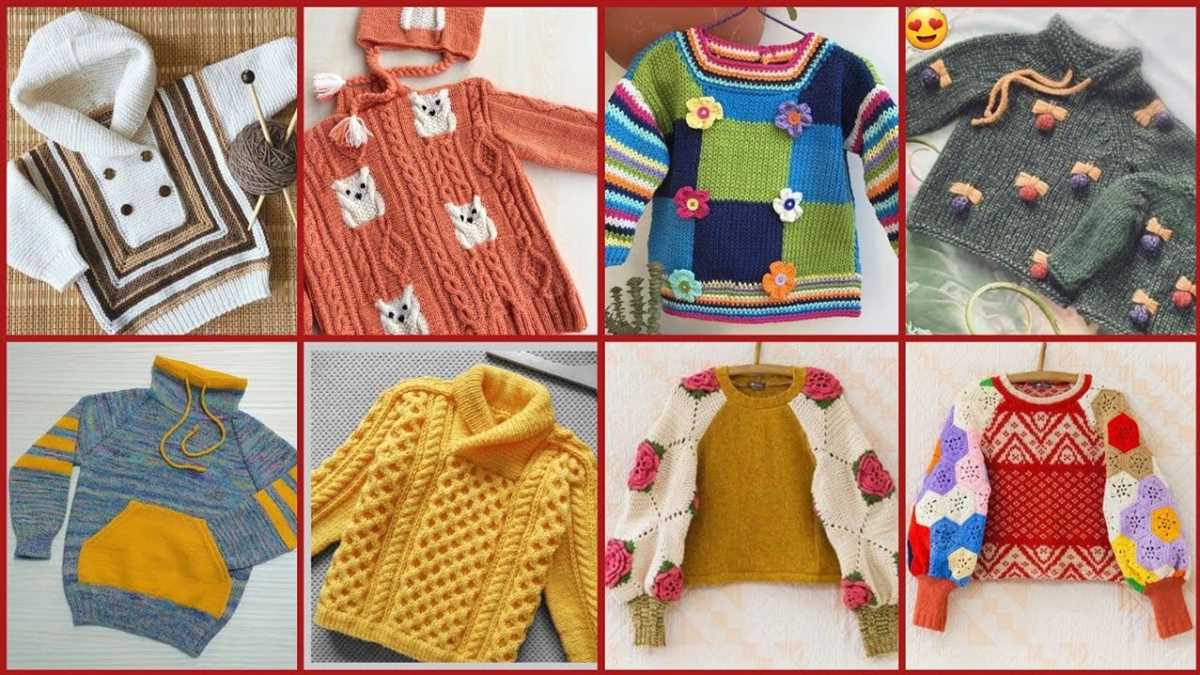
Knitting hats and headbands is a wonderful way to not only stay warm and cozy, but also to add a touch of style and personality to your outfits. Whether you’re braving the cold winter months or enjoying the mild temperatures of spring and autumn, there are knitting designs and patterns available for every season.
When it comes to winter, a chunky knit hat is a must-have accessory. You can opt for a classic beanie style, or try a slouchy hat for a more relaxed and trendy look. Knit with thick wool or alpaca yarn, these hats will keep you warm even on the coldest of days. For added comfort, consider adding a fleece lining to your hat.
Spring
- As the weather starts to warm up in spring, you may want to switch to lightweight and breathable materials. Knitting a headband with cotton or bamboo yarn is a great choice for this season. Not only will it keep your ears warm during the cooler mornings and evenings, but it will also help keep your hair in place as you enjoy outdoor activities.
- If you prefer something more versatile, you can knit a convertible hat that can be worn as a hat or headband depending on the temperature. These hats typically have a detachable top portion that can be easily removed when it gets too warm.
Summer
- In the summer months, you may not need a full hat to keep your head protected from the sun. Instead, opt for a lightweight and breathable headband. Knit with a blend of cotton and acrylic yarn, these headbands will keep your hair off your face while adding a touch of style to your summer outfits.
- If you’re heading to the beach or pool, you can also knit a wide-brimmed sun hat. This hat will not only provide shade for your face, but it will also add a touch of elegance to your beachwear.
Autumn
- In autumn, as temperatures start to drop again, you can go for cozy knit beanies or headbands made with soft wool or cashmere yarn. These accessories will keep your head warm and snug during your outdoor adventures, whether you’re walking through colorful foliage or enjoying pumpkin spice lattes with friends.
- For a more fashionable look, consider knitting a cable-knit headband or hat. The intricate cable patterns add texture and visual interest to your accessories, making them stand out from the crowd.
With so many knitting designs and patterns available, you can easily create a hat or headband for every season. Whether you prefer classic and elegant styles or trendy and eye-catching designs, there’s a knitting project out there that will suit your taste and keep you stylishly warm all year round.
Knitting Patterns for Cozy Blankets and Throws
When it comes to creating a cozy and warm atmosphere in your home, few things compare to the comfort of a knitted blanket or throw. Whether you’re snuggling up on a chilly winter evening or adding a touch of style to your living room décor, knitted blankets and throws are versatile and timeless pieces that can add a touch of warmth and elegance to any space.
1. Chunky Cable Knit Blanket: This classic knitting pattern features beautiful cable stitches that create a visually stunning texture. The chunky yarn used in this pattern adds a cozy and luxurious feel to the blanket, making it perfect for cuddling up with on cold nights. The intricate cables add depth and interest to the design, making this blanket a true statement piece.
2. Fair Isle Throw: Embrace the beauty of Fair Isle knitting with this stunning throw pattern. Fair Isle knitting is known for its intricate colorwork, creating beautiful patterns with multiple colors. This pattern features a combination of geometric designs and motifs, resulting in a visually striking throw that adds a touch of elegance to any room. Choose your favorite color palette and get ready to create a work of art.
3. Lace Knit Blanket: If you’re looking for a delicate and airy design, a lace knit blanket pattern is an excellent choice. The delicate lace stitches create an open and lightweight fabric, perfect for draping over a favorite reading chair or adding a touch of elegance to a bedroom. Choose a soft and luxurious yarn like cashmere or alpaca to enhance the delicate nature of the lace pattern.
4. Striped Afghan: Stripes are always in style, and a striped afghan is a perfect way to add a pop of color to your space. This pattern allows you to experiment with different color combinations and create a vibrant and eye-catching blanket. Whether you prefer bold and bright hues or subtle and soothing tones, the striped afghan pattern offers endless possibilities for customization.
With these knitting patterns for cozy blankets and throws, you can create beautiful and functional pieces that bring warmth and style to your home. Whether you’re a beginner or an experienced knitter, there’s a pattern for everyone to enjoy the relaxing and rewarding process of knitting. So grab your knitting needles and get ready to embark on a knitting journey filled with warmth and creativity.
Knitting Socks: From Basic to Advanced Techniques
Knitting socks is a popular and rewarding project for many knitters. Socks are not only practical garments but also offer a great opportunity to learn and practice various knitting techniques. From basic stitches to more complex patterns, there is always something new to explore when it comes to knitting socks.
Starting with the basics: If you are new to knitting socks, it is recommended to begin with a simple pattern that uses basic stitches, such as the stockinette stitch or ribbing pattern. This will allow you to familiarize yourself with the construction of a sock and practice the fundamental techniques involved, such as casting on, knitting in the round, and decreasing.
Leveling up: Once you feel confident with the basic techniques, you can start experimenting with more advanced designs and patterns. This may include using different stitch patterns, incorporating colorwork, or adding lace details. Advanced techniques such as short rows, cabling, and knitting with multiple colors can elevate the complexity and beauty of your sock designs.
Customizing your socks: Knitting socks also allows you to customize the fit and style of your garments. You can adjust the length, width, and even the type of yarn and needle size to create socks that perfectly suit your preferences. Additionally, you can explore different heel and toe constructions to add unique touches to your designs.
Resources and inspiration: There are numerous resources available to help you enhance your sock knitting skills. Knitting books, online tutorials, and knitting communities can provide valuable guidance and inspiration. You can also find a wide range of sock knitting patterns, both free and for purchase, to spark your creativity and challenge your knitting abilities.
Join the sock knitting community: Knitting socks can be a solitary activity, but it doesn’t have to be! There are many online communities and forums where sock knitters share their projects, ask for advice, and provide support and encouragement. Joining these communities can not only help you improve your skills but also connect you with fellow knitting enthusiasts from around the world.
Knitting Toys and Stuffed Animals for Kids
Knitting toys and stuffed animals for kids is a wonderful way to create unique and personalized gifts that will be cherished for years to come. Handmade toys have a special charm and can be passed down through generations, becoming treasured heirlooms.
Benefits of Knitted Toys
There are many benefits to knitting toys for kids. First and foremost, it allows you to create one-of-a-kind pieces that can’t be found in stores. You can customize the colors, patterns, and sizes according to the child’s preferences and needs. Additionally, knitting toys can be a therapeutic and relaxing activity. It can help reduce stress, improve focus, and enhance creativity.
Popular Knitted Toy Designs
There are countless patterns available for knitted toys and stuffed animals. Some popular designs include cuddly teddy bears, adorable bunnies, whimsical unicorns, and playful dinosaurs. You can also knit dolls and animal characters from beloved children’s books and movies, such as Winnie the Pooh, The Lion King, or Harry Potter.
Tips for Knitting Toys
When knitting toys for kids, it’s important to choose soft and durable yarns that are safe for children. Opt for machine-washable yarns to make the toys easy to clean. Additionally, make sure to securely attach any small parts, like eyes or buttons, to prevent choking hazards. It’s also a good idea to stuff the toys gently to ensure a soft and huggable texture.
Knitting toys and stuffed animals for kids is a fulfilling and enjoyable craft that allows you to create treasured keepsakes. With endless design possibilities and the satisfaction of seeing a child’s face light up with joy, it’s no wonder why knitting toys has become such a popular craft among knitters.
Advanced Knitting Techniques for Experienced Crafters
If you are an experienced knitter looking to take your craft to the next level, there are several advanced knitting techniques that you can explore. These techniques will challenge your skills and allow you to create intricate and complex designs.
Lace Knitting: Lace knitting involves creating delicate and intricate openwork designs. It requires careful attention to detail and the ability to manipulate stitches and yarn overs to create the desired pattern. Lace knitting can be used to create stunning shawls, scarves, and even sweaters.
Cable Knitting: Cable knitting involves crossing stitches over each other to create cables, which add texture and depth to your knitting. This technique requires the use of a cable needle to hold stitches while you create the twists. Cable knitting can be used to create beautiful patterns on sweaters, hats, and blankets.
Fair Isle Knitting: Fair Isle knitting is a colorwork technique that involves using multiple colors in a single row of knitting. By carrying the unused yarn along the back of the work, you can create intricate patterns and designs. Fair Isle knitting is commonly used in sweaters, hats, and mittens.
Intarsia Knitting: Intarsia knitting is another colorwork technique that involves using blocks of color to create designs. Unlike Fair Isle knitting, each color is used in its own section, and the yarn is carried along the back of the work. Intarsia knitting is often used to create detailed images or motifs on garments.
Twisted Stitches: Twisted stitches are created by knitting or purling into the back loop of the stitch instead of the front loop. This creates a twisted effect and adds texture to your knitting. Twisted stitches can be used to create various patterns and designs, such as cables or twisted ribbing.
If you are an experienced knitter looking for a new challenge, these advanced techniques can help you expand your skills and create unique and beautiful knitted items. Happy knitting!
Tips and Tricks for Successful Knitting Projects
Knitting can be a fun and rewarding hobby, but it can also be frustrating when things don’t go as planned. With these tips and tricks, you’ll be able to overcome common challenges and create beautiful knitting projects.
1. Choose the Right Yarn and Needles
One of the keys to successful knitting is using the right yarn and needles for your project. Consider the weight and fiber content of the yarn, as well as the recommended needle size. Using the wrong yarn or needles can result in uneven stitches or a project that doesn’t fit properly.
2. Practice Proper Tension

Tension refers to how tightly or loosely you hold the yarn while knitting. Consistent tension is important for achieving even stitches and a professional-looking finished project. Practice finding a tension that works for you by knitting a swatch before starting your project.
3. Read and Understand the Pattern
Before starting a knitting project, make sure to carefully read and understand the pattern. Take note of any special stitches or techniques that may be required. It’s also helpful to highlight or mark important sections of the pattern to ensure you don’t miss any instructions.
4. Count Your Stitches
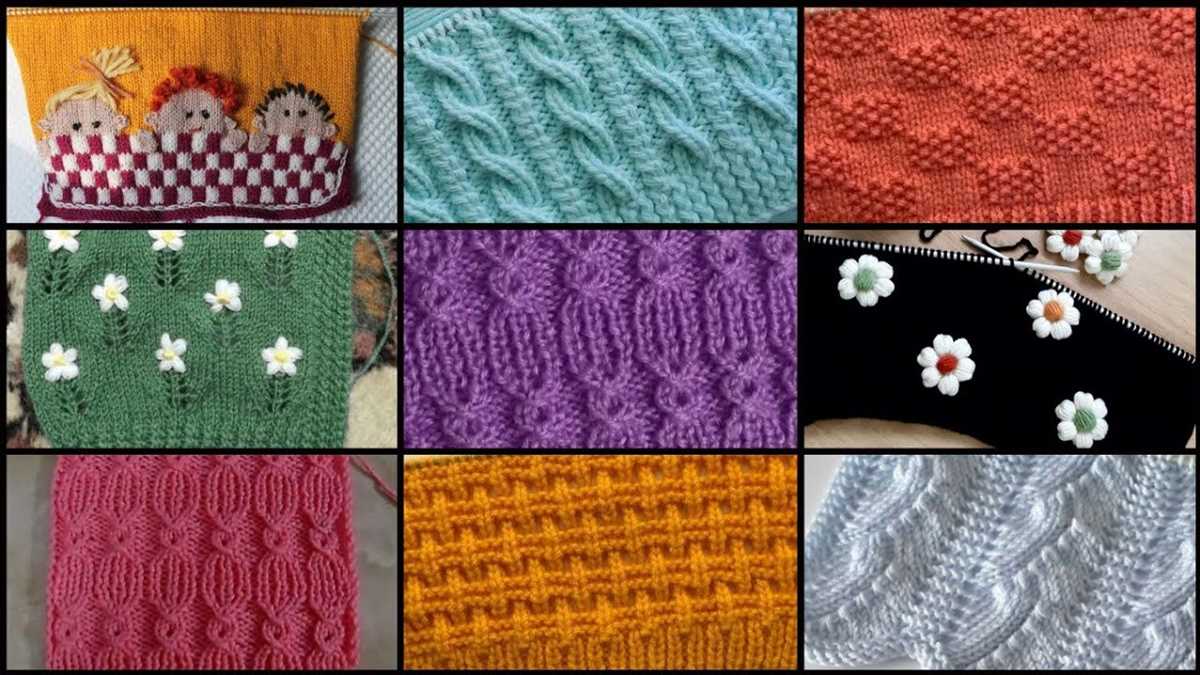
Counting your stitches regularly as you work can help you catch any mistakes early on. It’s important to maintain the correct stitch count to ensure that your project turns out as intended.
5. Fix Mistakes Promptly
Don’t be afraid to fix any mistakes you notice in your knitting. Whether it’s a dropped stitch, a twisted cable, or a miscounted row, addressing mistakes as soon as possible will save you headaches down the line. Use a crochet hook or a knitting needle to carefully fix the mistake without unraveling your entire project.
6. Take Breaks
Knitting can be time-consuming, and it’s important to take breaks to rest your hands and avoid strain. Stretching your fingers and wrists periodically can help prevent discomfort or repetitive strain injuries.
7. Join Knitting Groups or Classes
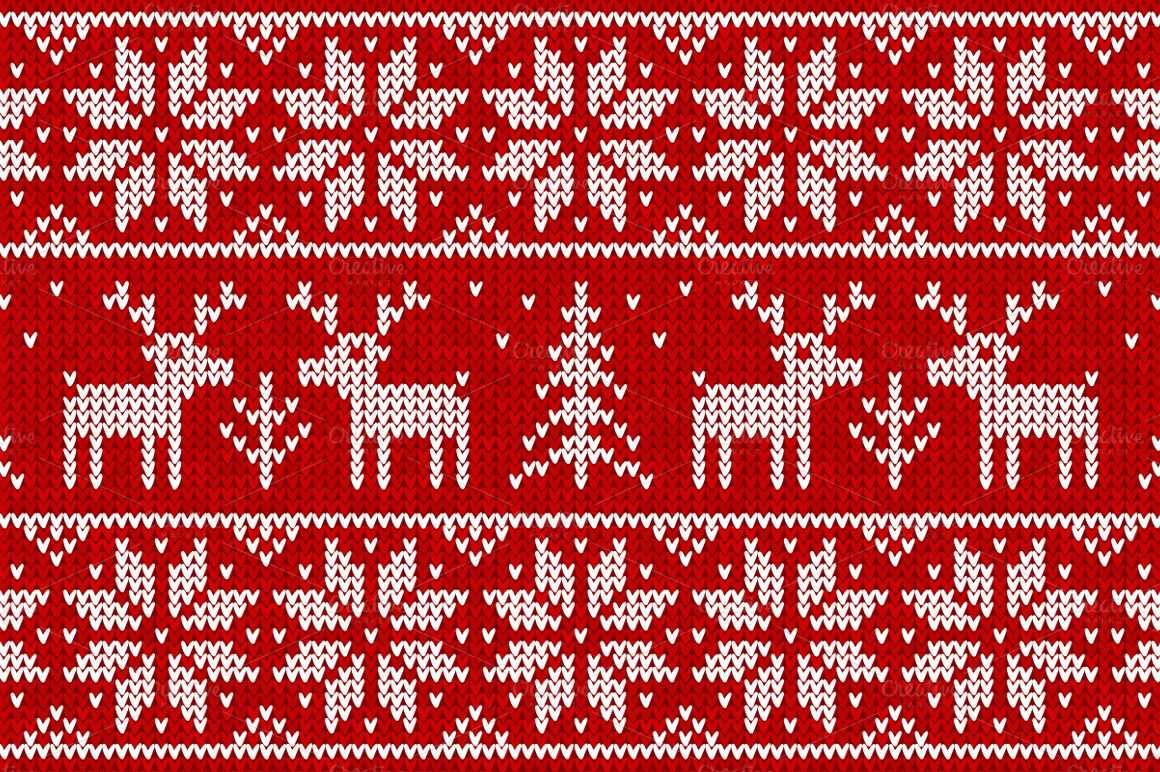
Knitting with others can be a great way to learn new techniques, get advice, and stay motivated. Joining a knitting group or taking classes can provide opportunities for socializing and expanding your knitting knowledge.
By following these tips and tricks, you’ll be well on your way to successful knitting projects. Remember to be patient with yourself and enjoy the process of creating something beautiful with your own two hands.